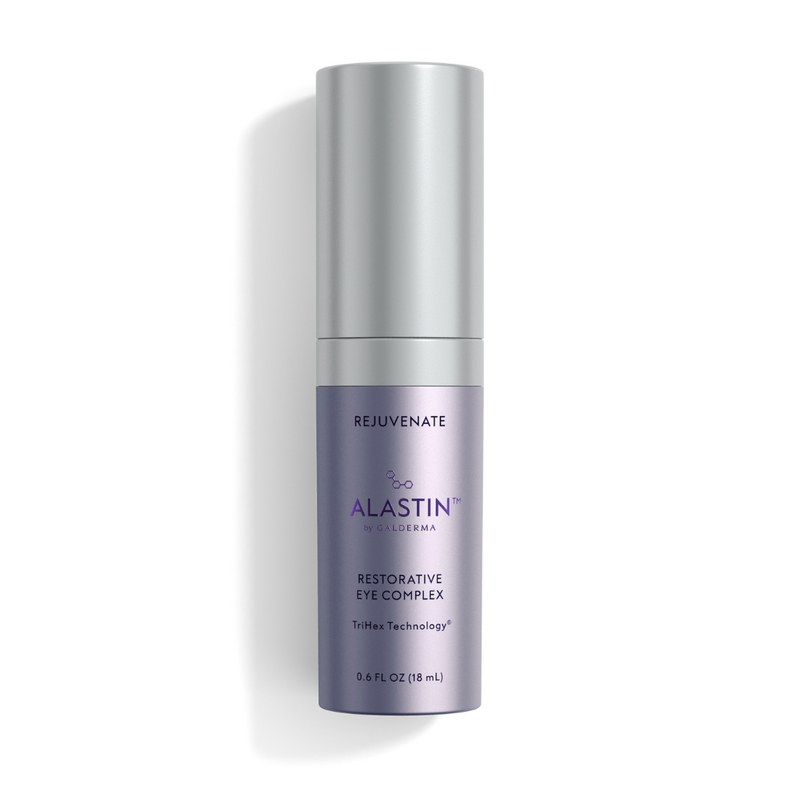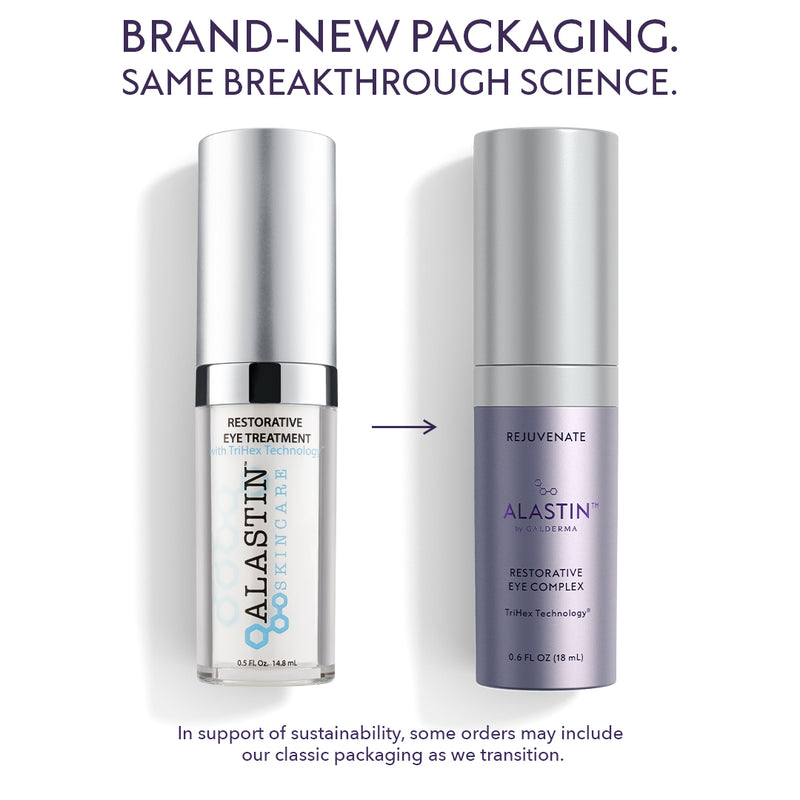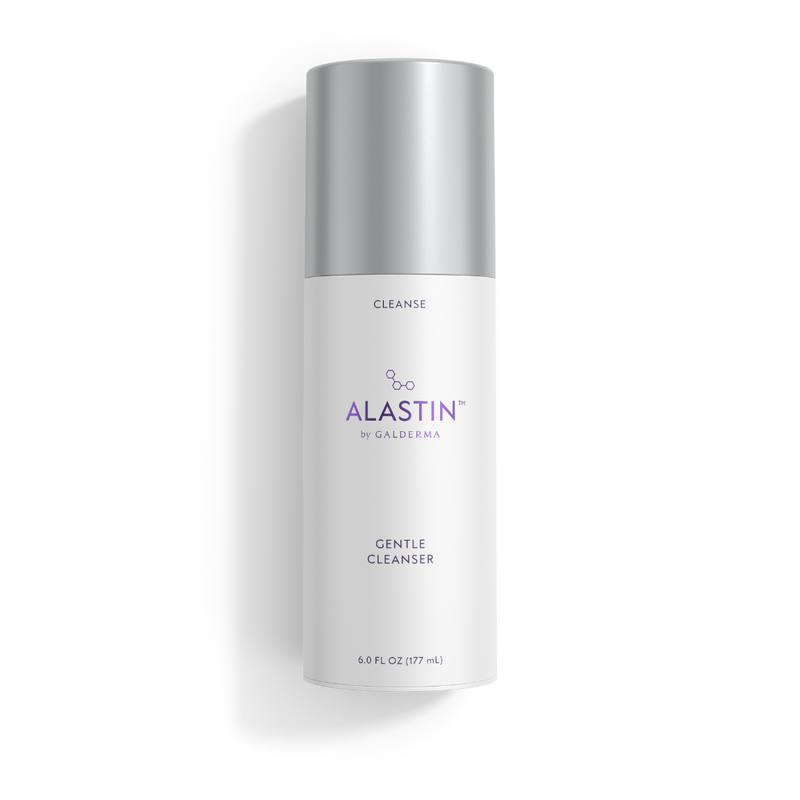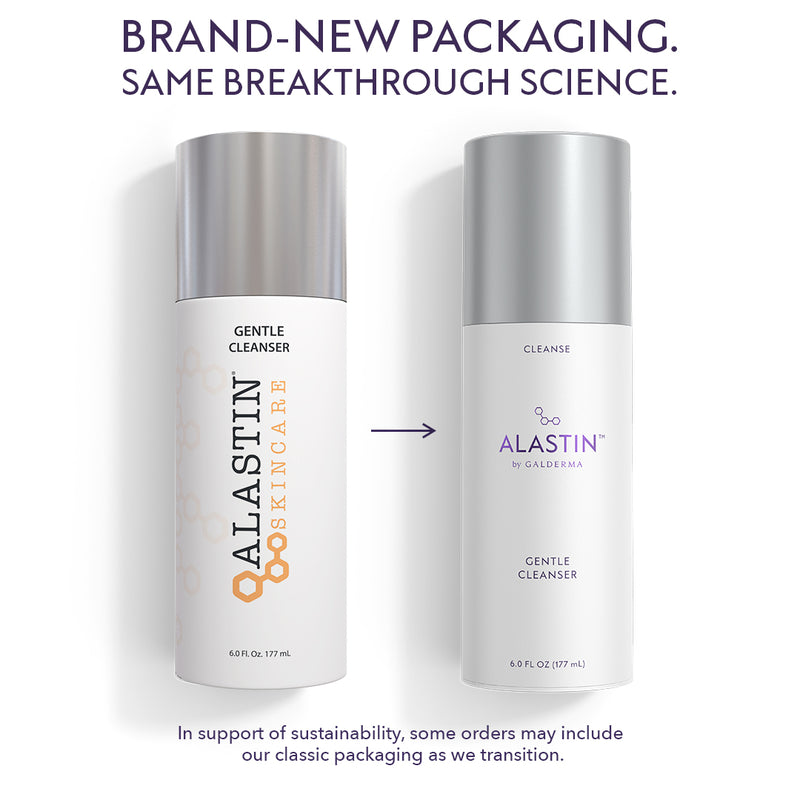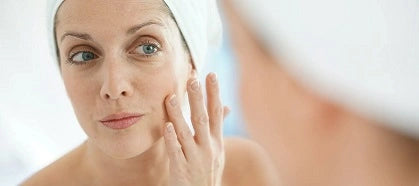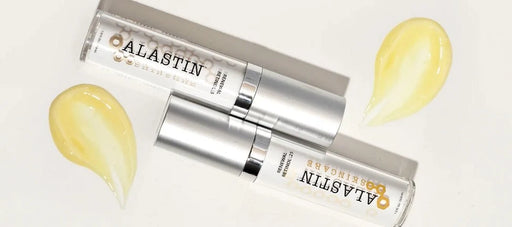You have no items in your bag
5 Powerful Anti-Aging Antioxidants For Your Skincare Regimen
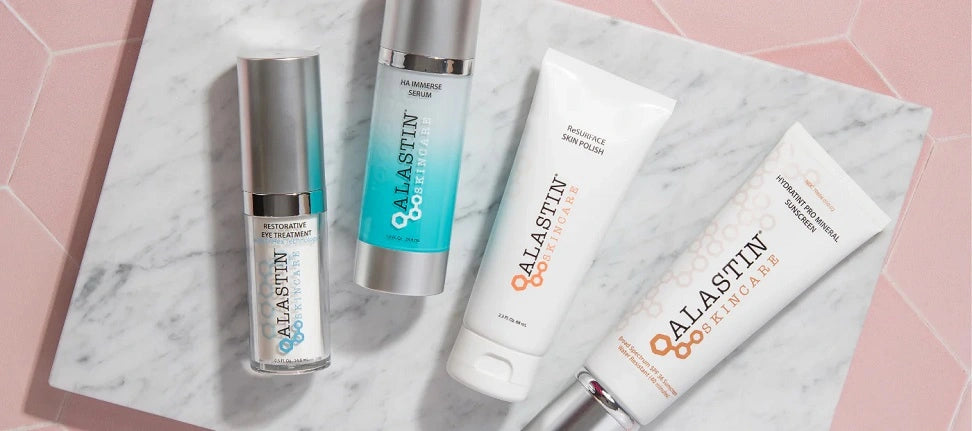
Antioxidants are among the most powerful and popular ingredients in skincare for good reason. Not only do they help protect the skin from oxidative damage caused by free radicals, but they also have the ability to help reduce the appearance of hyperpigmentation, smooth the look of fine lines and wrinkles, reduce all visible signs of aging, and more.[1]
But not all antioxidants in skincare are created equal. Here’s how to understand the anti-aging effect antioxidants can have on your skin, and choose the best products for your regimen.
Understanding Antioxidants
Antioxidants are substances that protect against or slow the damage inflicted by free radicals. When our bodies are exposed to different stresses, we produce free radicals (also known as reactive oxygen species or ROS). Just like how staying hydrated keeps us healthy, while drinking too much water can make us sick, free radicals serve a necessary role in our body’s function—but an overabundance can be damaging.[2] When we are exposed to external stressors like UV light, pollution, or cigarette smoke, our bodies may create an excessive amount of free radicals, which causes oxidative stress. In our skin, oxidative stress can break down elastin and damage collagen, which decreases elasticity and creates the appearance of fine lines, wrinkles, uneven texture, and discoloration.[3]
Antioxidants protect against oxidative stress, the cellular damage caused by free radicals. Our bodies’ cells naturally produce some antioxidants. We also can get antioxidants from healthy food sources like fruits and vegetables. To combat free radical damage on our skin, we can get antioxidants from topical skincare as well.
Antioxidants in Skincare
Antioxidants have been shown to improve the skin in a variety of ways. They may help protect against UV damage, calm inflammation, and slow the appearance of photoaging.[4] When shopping for skincare, it’s important to look for antioxidants that have been clinically proven to improve the appearance of the skin—and also to choose formulations that can deliver stable ingredients that actually do the work rather than just sitting on the skin.
ALASTIN Skincare products go through rigorous clinical and scientific testing to help ensure efficacy. That’s why more than 3,000 physicians nationwide recommend our brand’s anti-aging products, which have been backed by more than 25 clinical studies. Here are a few antioxidants ALASTIN incorporates to help reverse oxidative stress and promote youthful, glowing skin.
Arnica Montana Extract
Made from the flower of the plant, Arnica montana, also known as leopard’s bane or wolf’s bane is shown to have good antioxidant activity.[5] The plant has been used for centuries in the treatment of wounds and inflammation.[6] The extract is intended to provide a calming and soothing effect to the skin.
Where to find it:
- INhance Post-Injection Serum with TriHex Technology®
- Regenerating Skin Nectar with TriHex Technology®
Bisabolol
This potent antioxidant is commonly derived from the chamomile plant (Matricaria chamomilla). Bisabolol has been shown to help soothe irritated skin, protect against free radical damage, and help improve visible signs of aging.[7],[8] This ingredient may also have antimicrobial properties, helping to keep breakouts at bay.[9]
Where to find it:
- Gentle Cleanser
- Renewal Retinol
- Soothe + Protect Recovery Balm
- Ultra Nourishing Moisturizer with TriHex Technology®
Green Tea Extract
Perhaps one of the most well-known antioxidants, the polyphenol antioxidants (known as catechins) in green tea have been shown to ward off oxidative stress, while helping to boost your body’s natural antioxidant capacity. The polyphenols are used to treat UV light skin damage, including the appearance of fine lines, wrinkles, textured skin, and pigmentation.[10] As a bonus, green tea has also been shown to be effective in treating acne and overly oily skin.[11]
Where to find it:
Niacinamide
This form of vitamin B-3 (also known as nicotinamide) can help build proteins in the skin. It has been shown to help improve the skin’s barrier function, which helps prevent moisture loss and encourages hydration. Research shows that in topical skincare, niacinamide helps improve the look of fine lines and wrinkles, while helping to prevent photoaging.[12]
Where to find it:
- Renewal Retinol
- Restorative Eye Treatment with TriHex Technology®
- Restorative Neck Complex with TriHex Technology®
- Restorative Skin Complex with TriHex Technology®
Phytoene & Phytofluene
Naturally occurring in foods like tomatoes (as well as in our skin) these colorless carotenoids have been found to have anti-aging and anti-inflammatory properties.[13] They help protect against UV damage from the sun as well as oxidative stress that can lead to photoaging. These antioxidants also help reduce the look of pigmented skin.[14]
Where to find it:
- Restorative Neck Complex with TriHex Technology®
- Restorative Skin Complex with TriHex Technology®
- Regenerating Skin Nectar with TriHex Technology®
- INhance Post-Injection Serum with TriHex Technology®
- TransFORM Body Treatment with TriHex Technology®
References
[1] Addor, Flávia Alvim Sant’Anna. “Antioxidants in dermatology.” Anais Brasileiros de Dermatologia. 2017 May-Jun; 92(3): 356–362. doi: 10.1590/abd1806-4841.20175697
[2] Karolinska Institutet. "Free radicals may be good for you." ScienceDaily. ScienceDaily, 1 March 2011. https://www.sciencedaily.com/releases/2011/02/110228090404.htm
[3] Poljšak, B & Dahmane, R. “Free radicals and extrinsic skin aging.” Dermatology Research and Practice. 29 Feb 2012. doi: 10.1155/2012/135206
[4] Addor, Flávia Alvim Sant’Anna. “Antioxidants in dermatology.” Anais Brasileiros de Dermatologia. 2017 May-Jun; 92(3): 356–362. doi: 10.1590/abd1806-4841.20175697
[5] Craciunescu, O, Constantin, D, Gaspar, A, et al. “Evaluation of antioxidant and cytoprotective activities of Arnica montana L. and Artemisia absinthium L. ethanolic extracts.” 2012 Sep 9;6(1):97. doi: 10.1186/1752-153X-6-97
[6] Misra, K, Sharma, P, & Bhardwaj, A. “Arnica Montana.” Management of High Altitude Pathophysiology. 11.4.2.
[7] Maurya, A, Singh, M, Dubey, V, et al. “α-(-)-bisabolol reduces pro-inflammatory cytokine production and ameliorates skin inflammation.” Current Pharmaceutical Biotechnology. 2014;15(2):173-81. doi: 10.2174/1389201015666140528152946
[8] Kamatou, GP, Viljoen, AN. “A review of the application and pharmacological properties of α-bisabolol and α-bisabolol-rich oils.” Journal of the American Oil Chemists; Society. 87, 1–7 (2010). doi: 10.1007/s11746-009-1483-3
[9] De Lucca, AJ, Pauli, A, Schilcher, H, et al. “Fungicidal and bactericidal properties of bisabolol and dragosantol.” Journal of Essential Oil Research. 2011 Dec 9;23:3, 47-54, DOI: 10.1080/10412905.2011.9700457
[10] Katiyar, Santosh K. “Skin photoprotection by green tea: antioxidant and immunomodulatory effects.” Current Drug Targets - Immune, Endocrine & Metabolic Disorders.2003 Sep;3(3):234-42. doi: 10.2174/1568008033340171.
[11] Saric, S, Notay, M, Sivamani, RK, et al. “Green tea and other tea polyphenols: effects on sebum production and acne vulgaris.” Antioxidants. 2017 Mar; 6(1): 2. doi: 10.3390/antiox6010002
[12] Gehring, W. “Nicotinic acid/niacinamide and the skin.” Journal of Cosmetic Dermatology. 2004 Apr;3(2):88-93. doi: 10.1111/j.1473-2130.2004.00115.x
[13] Havas, F, Krispin, S, Meléndez-Martínez, AJ, et al. "Preliminary data on the safety of phytoene- and phytofluene-rich products for human use including topical application", Journal of Toxicology, vol. 2018, Article ID 5475784, 8, 2018. doi: 10.1155/2018/5475784
[14] Oppen-Bezalel, Dr. Liki von, A. Aliluiko, I. Kachko and D. Fishbein. “Phytoene and phytofluene the colorless carotenoids – anti aging and photo protection – a new way of stabilizing sunscreens.” (2010).
$128.00
$258.00


